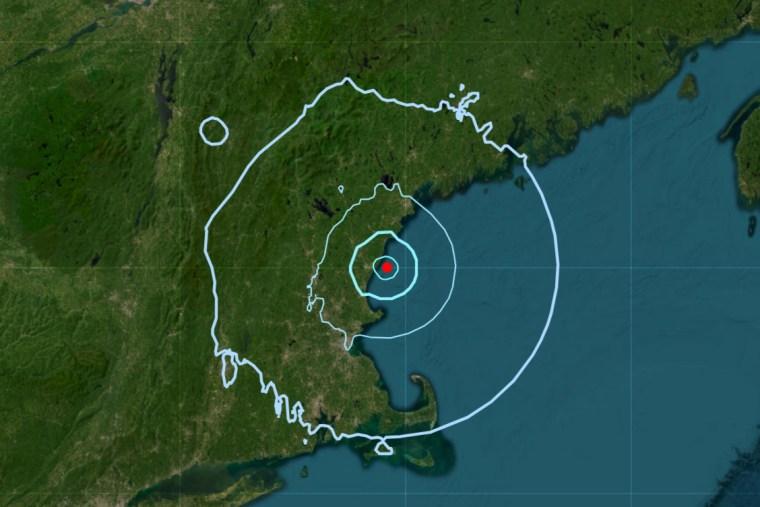Deep beneath the Earth’s surface, a silent symphony of geological movement unfolds, typically hidden from human perception. Scientists have now pierced this subterranean veil, capturing an extraordinary phenomenon that challenges our traditional understanding of seismic events: slow-motion earthquakes. These cryptic tremors, moving at a pace that defies conventional geological dynamics, have long remained an enigma—until now. By employing cutting-edge technology and innovative research methodologies, researchers have finally witnessed these imperceptible yet possibly transformative geological whispers, offering unprecedented insights into the planet’s complex inner workings. In a groundbreaking scientific achievement, researchers have successfully documented the intricate details of a phenomenon known as “slow-motion” earthquakes, offering unprecedented insights into seismic activity. These unique geological events, characterized by their gradual and almost imperceptible movement, challenge traditional understanding of tectonic interactions.
Unlike sudden, violent earthquakes that cause immediate destruction, these slow-motion tremors creep along fault lines with minimal energy release, creating a mesmerizing display of geological dynamics. Advanced monitoring technologies and complex sensor networks enabled scientists to track and record these subtle ground movements with remarkable precision.
The research team utilized cutting-edge seismographic equipment strategically positioned along complex fault zones, capturing microscopic shifts and strain accumulations that typically remain undetected by conventional monitoring systems. By analyzing real-time data, researchers discovered intricate patterns of stress migration and energy transfer within the Earth’s crust.
These slow-motion earthquakes, also referred to as “silent earthquakes” or “episodic tremor and slip events,” occur predominantly in subduction zones where tectonic plates converge. The gradual movement can span hours, days, or even weeks, presenting a stark contrast to traditional seismic events that unfold in mere seconds.
Geological experts suggest these findings could revolutionize our understanding of plate tectonics and provide crucial insights into potential large-scale earthquake predictions. The ability to monitor and analyze these subtle movements might help scientists develop more accurate early warning systems and comprehend the complex mechanisms underlying seismic activities.
The breakthrough has significant implications for regions prone to tectonic instability, such as the Pacific Ring of Fire, where multiple geological plates intersect. By deciphering the nuanced behaviors of these slow-motion earthquakes, researchers hope to enhance risk assessment and develop more robust strategies for geological hazard mitigation.
Sophisticated computational models and machine learning algorithms played a pivotal role in processing and interpreting the vast amounts of collected data. These advanced technologies allowed researchers to transform raw seismic facts into comprehensive visualizations and detailed scientific analyses.
The scientific community has responded with enthusiasm, recognizing the potential of this research to reshape our understanding of geological processes. Future studies will likely focus on expanding monitoring capabilities and developing more refined techniques for capturing and analyzing these intricate seismic events.As technology continues to evolve, the ability to observe and understand the Earth’s complex geological behaviors becomes increasingly sophisticated, offering unprecedented glimpses into the dynamic and often mysterious world beneath our feet.









